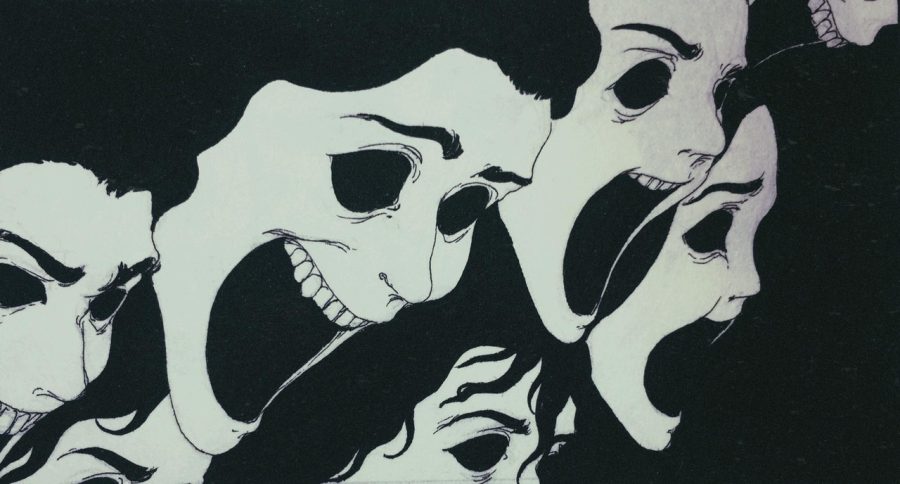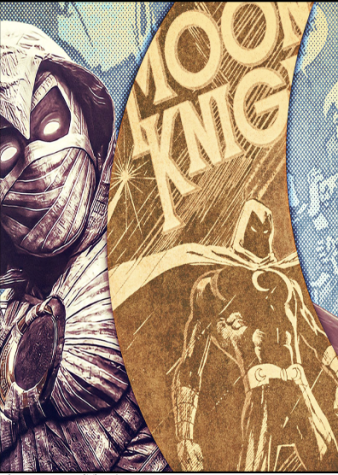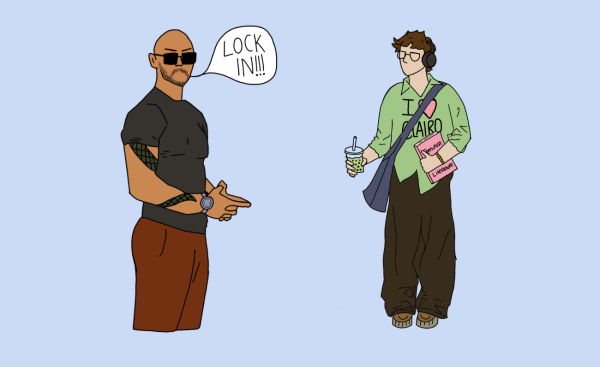Internet horror series
Horror, as a genre, has always remained trapped in the theater, television or literature. But as the internet expands, its potential to host new creative ideas and projects expand with it. As a result of this platform, several art projects have embraced the freedom given to them by the internet to explore their own form of unconventional storytelling. These projects have interested many new people outside of their communities through their strange, unique and scary worlds.
Local 58 and the Mandela Catalogue are projects that rely on visual and auditory storytelling through YouTube. Both can be defined as “analog horror,” a term Local 58 coined in 2018. Analog horror is similar to the found footage genre, presenting itself as supposedly discovered footage that often takes place between the early 1980s to the early 2000s, using the aesthetics of VHS and other analog media. Web series like Local 58 and the Mandela Catalogue often have disjointed and noncontinuous plots, resulting in decentralized and disorganized plots.
The web series Local 58 is a television broadcast station that undergoes several abnormal hijackings. All of these hijackings warn of an ominous threat unknown to humanity that is related to celestial bodies. These threats are intentionally vague, but they give the audience enough information to realize what is at risk. By injecting the abnormal into the normal, such as into a children’s show, a PSA or a dashcam, Local 58 is able to subvert the viewer’s expectations.
These discrepancies are also the main feature that the Mandela Catalogue uses to strike fear in its audience. The Mandela Catalogue poses as a collection of videos found in Mandela County during a supernatural invasion by a group of appearance replicating beings. Instead of the vague, ominous threat given off by the hijackings at Local 58, the audience of the Mandela Catalogue is shown directly what the threat looks like. The audience can see and hear the threat, yet they can not do anything about it. The horror not only comes from the twisted faces and strange proportions of the creatures but the power over humans that the creatures have. Violence is shown in the series, but the creatures never commit it directly.
Horror in literature is known for its usage of cosmic horror and abstract concepts that intend to shock the audience in their sheer absurdity and incomprehensibility. This is not ignored in the worldbuilding of Mystery Flesh Pit (MFP). Like its video-based counterparts, MFP presents itself as discovered media, taking place in the early 80s to early 00s. The Mystery Flesh Pit was a national park that was inside the Permian Basin Superorganism. Exploited by several corporations before being made into a national park, the superorganism had been made into a tourist attraction to be enjoyed by tourists and scientists alike.
This world gives the audience a feeling of morbid curiosity, not only does the audience want to know more about the park, they want to know what horrors caused its closing. The disorganization of the plot plays to the series’ strength as it forces viewers to piece together their own interpretation of the narrative. This interactiveness makes this series unique and the audience able to be immersed in this world.
These new projects have separated themselves from the conventional and embraced the freedoms that the internet gives them. The internet has fostered a new niche that cannot substitute horror on the big screen but has proven itself as a unique, interesting and quickly growing genre.













